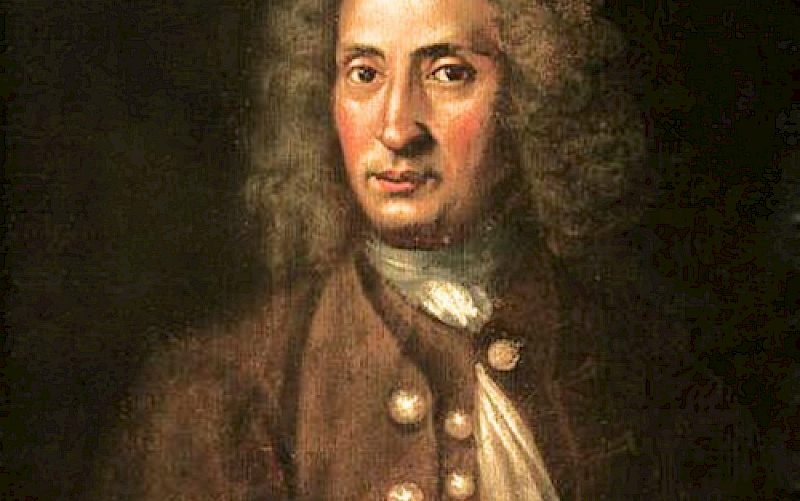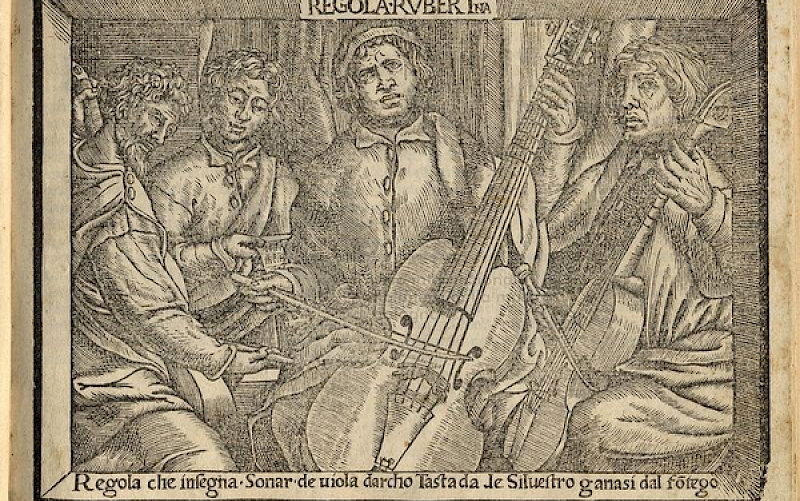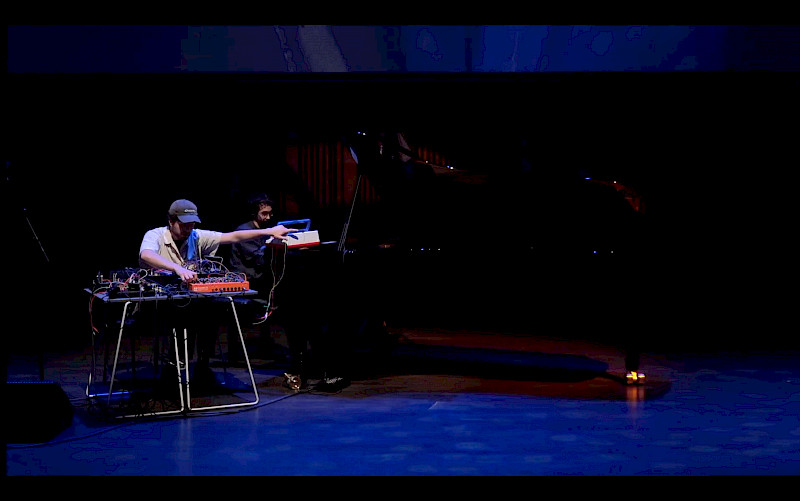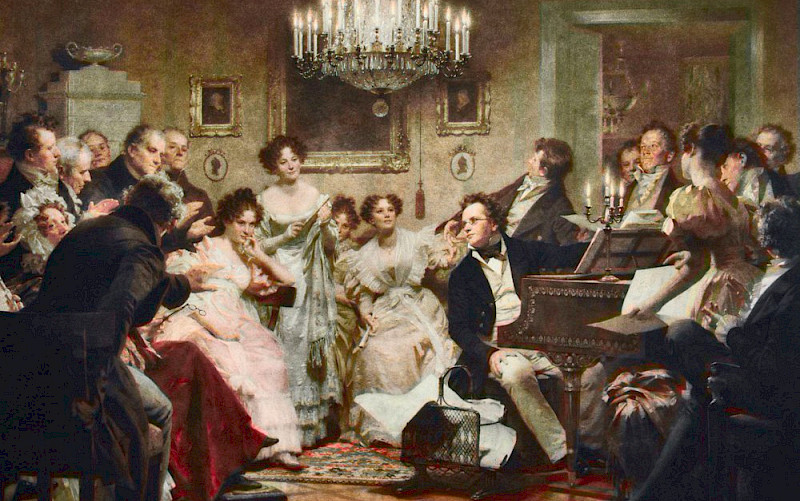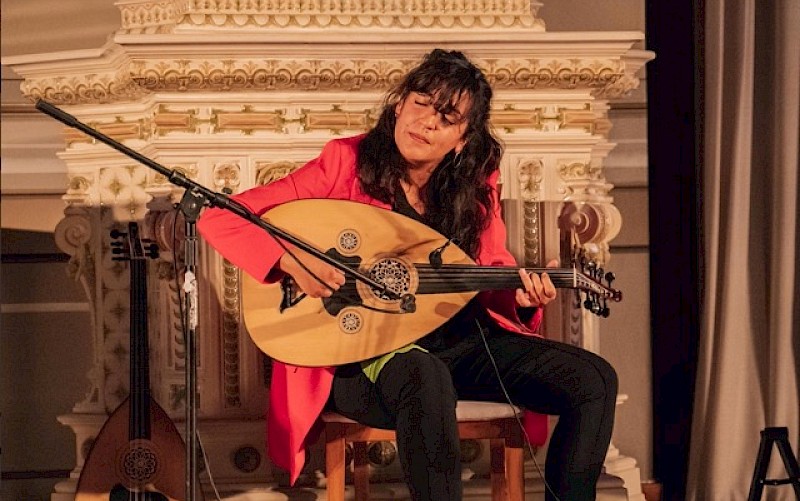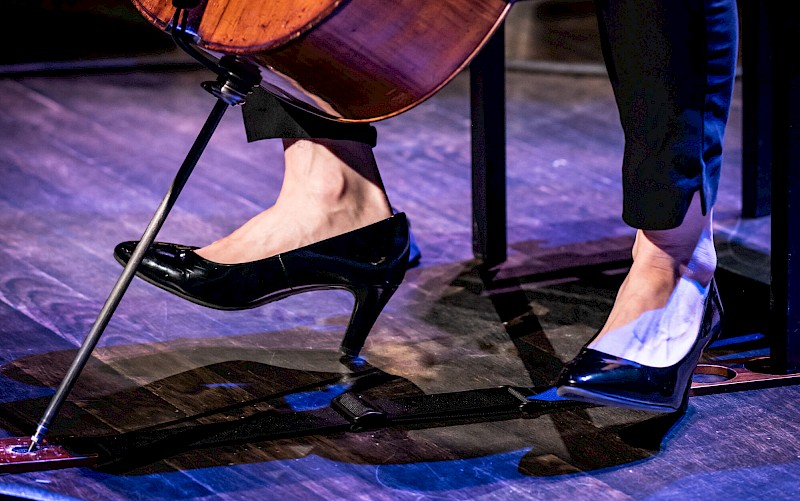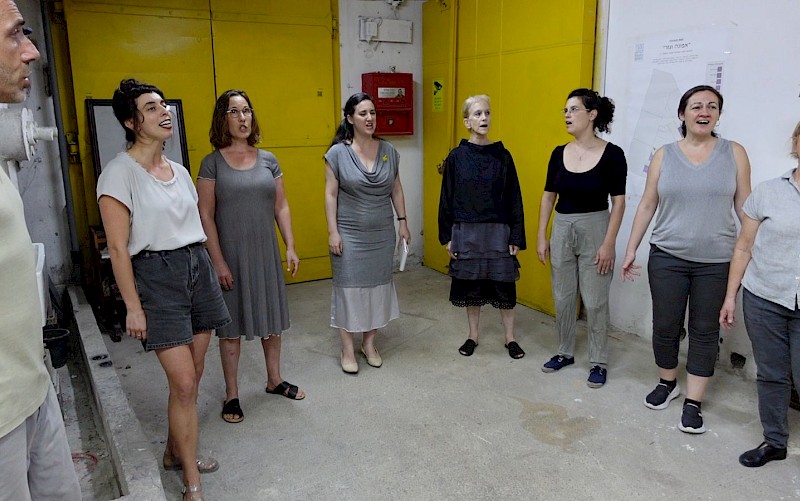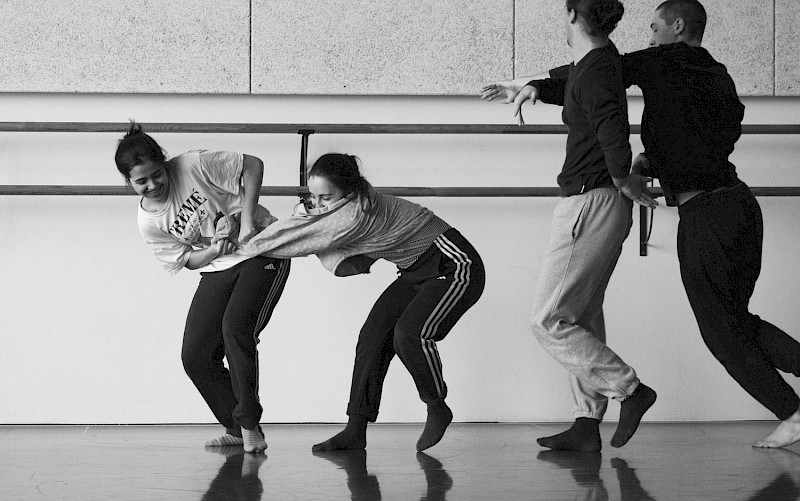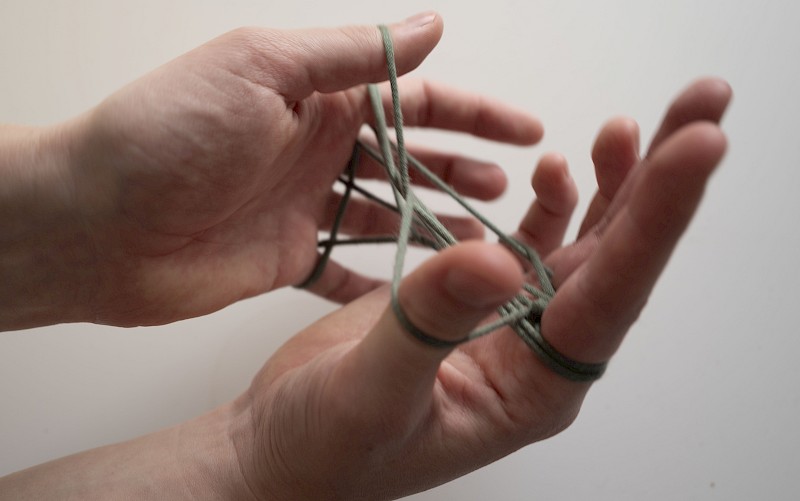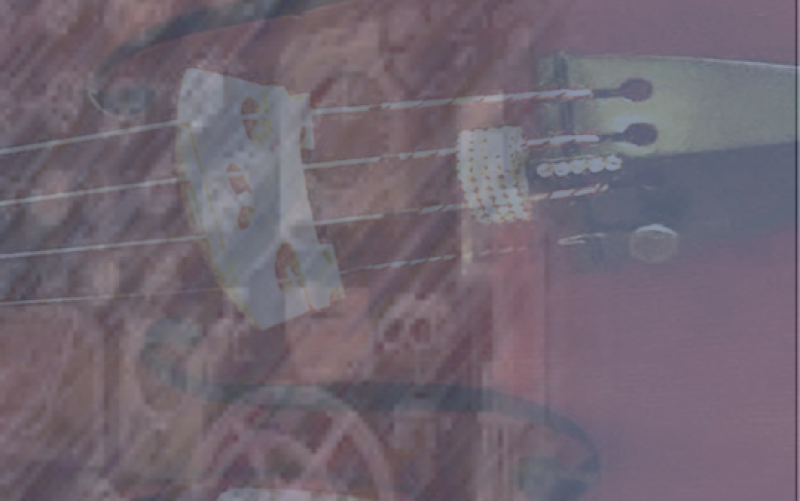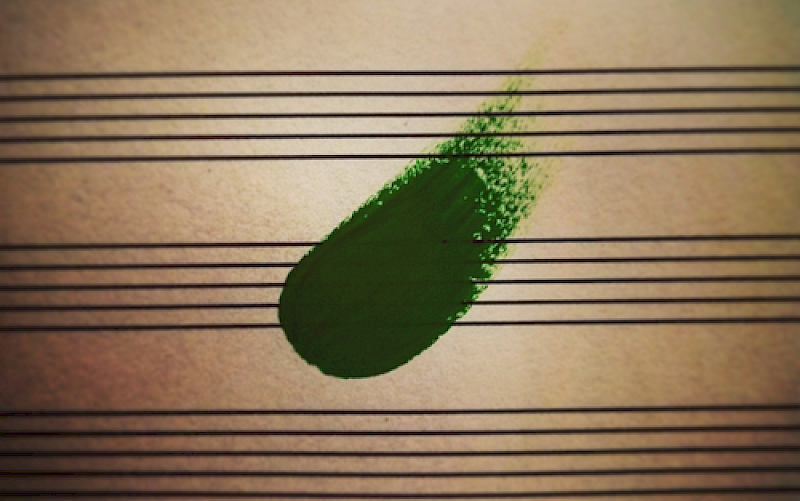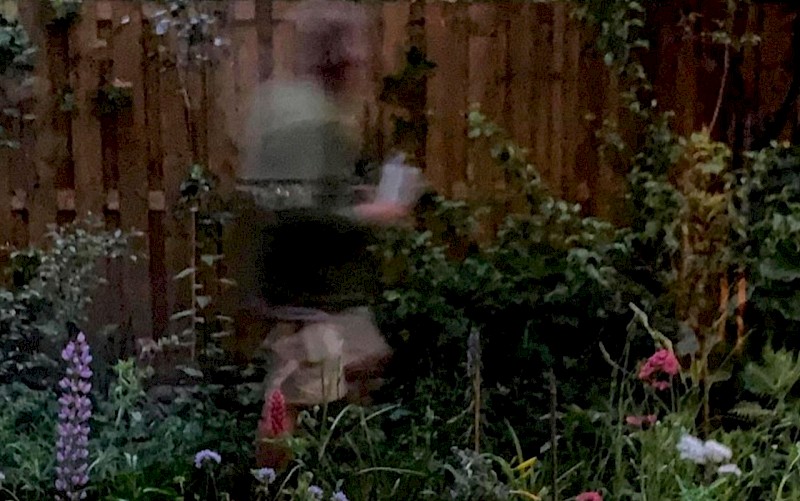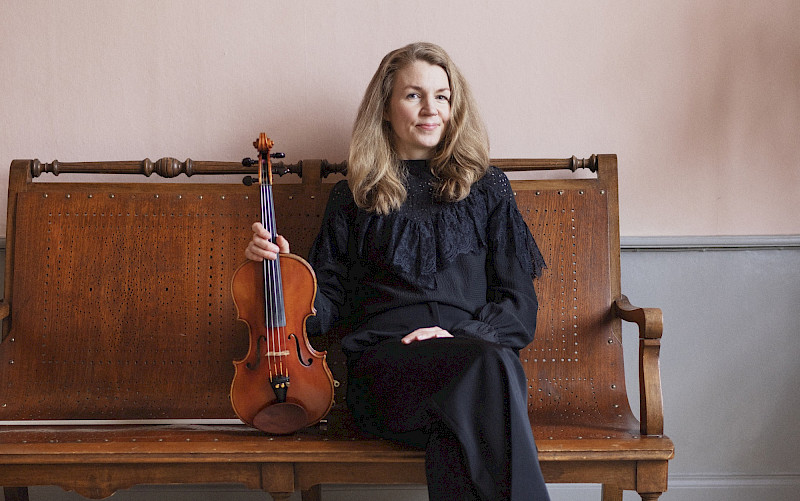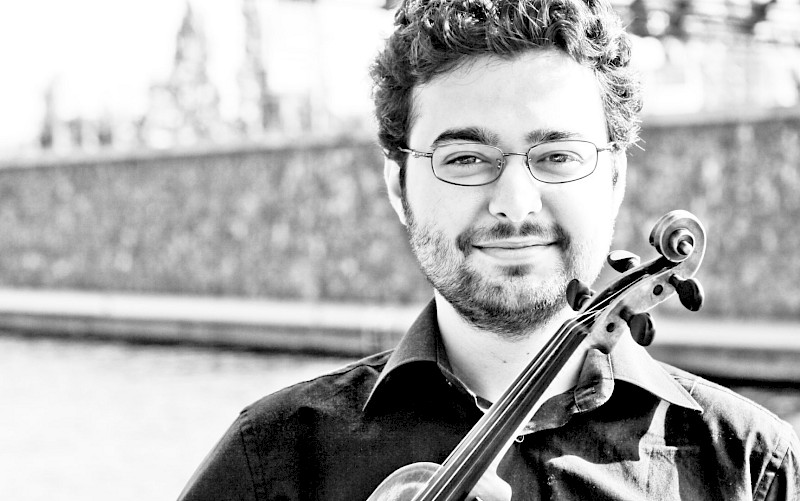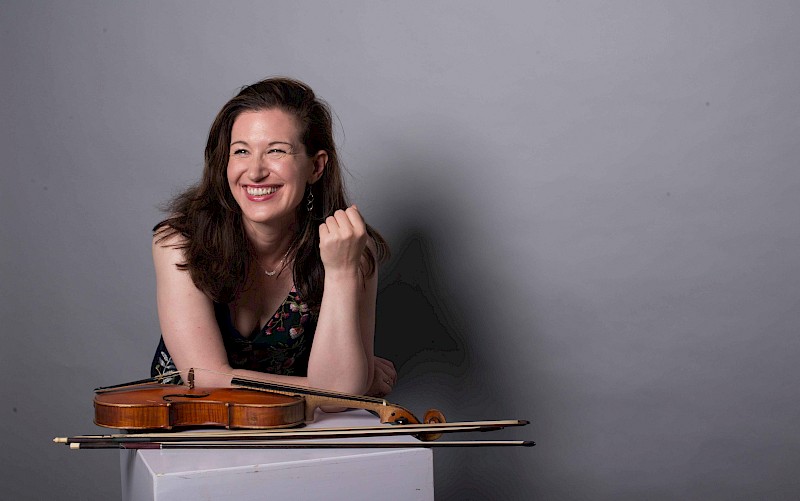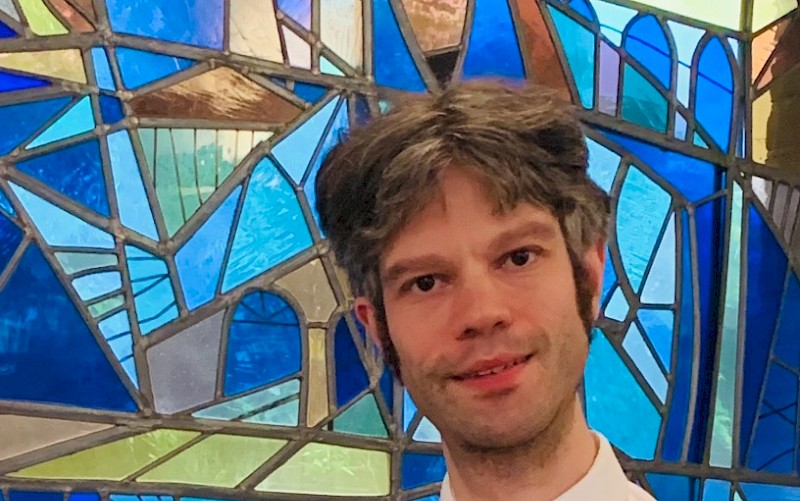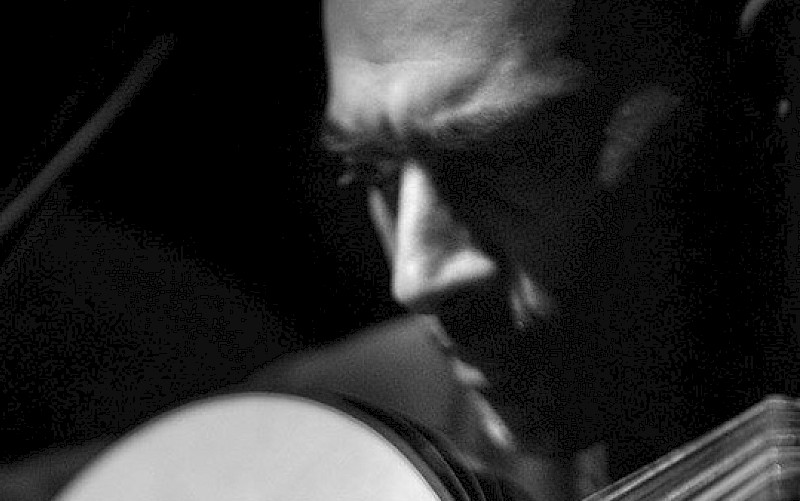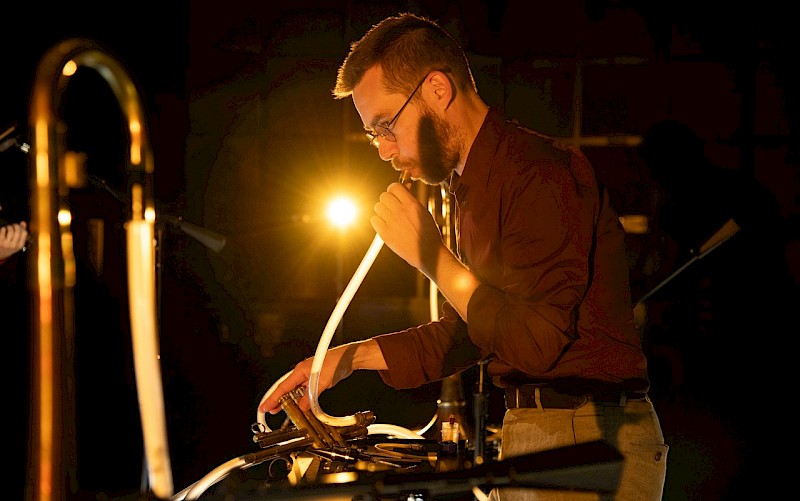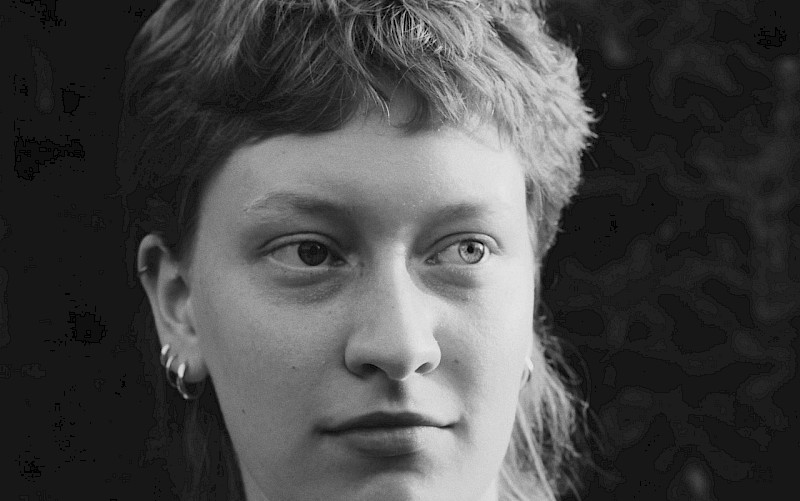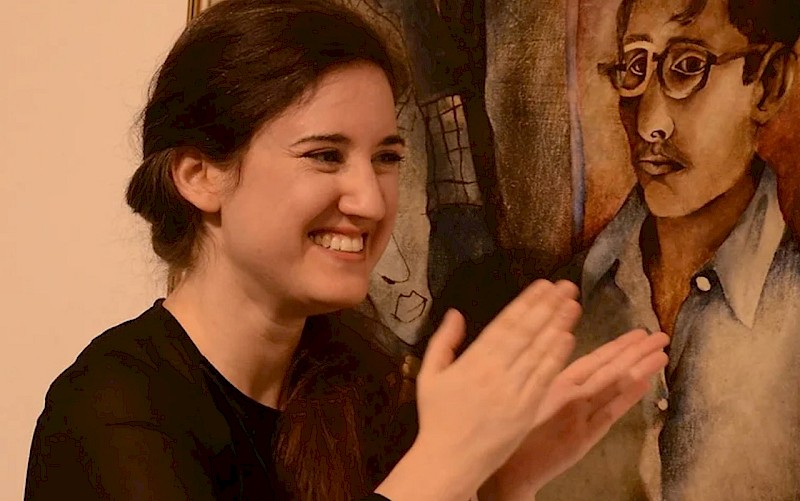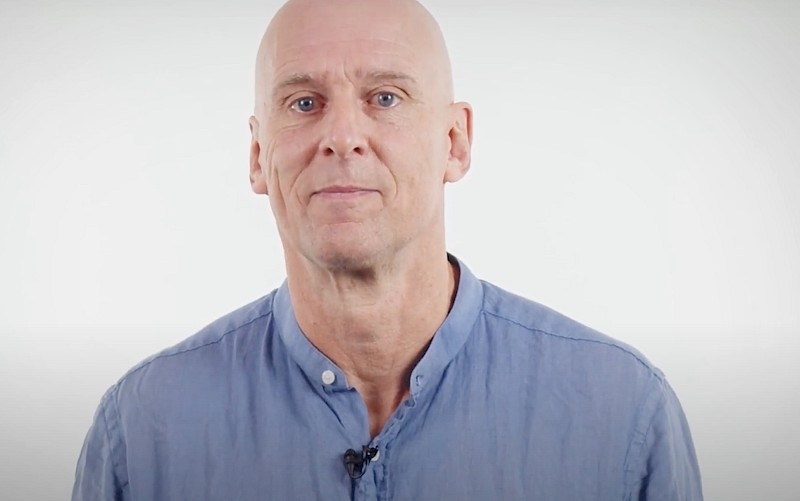
Harmony on the violin - internalising harmony for violinists and the role of (tonal) improvisation
Abstract Harmony on the violin – exploring ways to enhance harmonic awareness by improvisation. How can playing with basic elements of classical music help us to enter the music we perform ‘from within’, to enjoy the creative moment in connection with the repertoire we know so well and love so much, to ‘co-compose’… How can (tonal) improvisation be an aid to learn about harmony in a way that experience comes first, using, in this research, the violin as our voice? In this research my aim has been to create a toolbox of games/exercises that can be used working in the above mentioned way. At the same time the exploratory journey of the research proved to be a transformative experience with regard to my own relationship with the music I play, love and teach. In this paper those two threads – the development of educational material and the testing out of it on the one hand and my personal development as a violinist and musician on the other hand - are constantly intertwined. The one cannot do without the other. This paper is a report of all activities that added to the above mentioned two processes. The report will guide you through the origins of the research, the rich input of colleagues, masters and books on the subject, a report of the practising, imagining, exploring hours spent by myself in my garden house, information on the enjoyable sessions when trying out the material with students. At the centre of the paper you will find the games and exercises themselves – the content of the toolbox, called ‘Invitations’. A closer look at certain aspects of the research is found in Chapter 5 – Behind the scene. The paper will finish with a set of recommendations and conclusions and – above all – future plans. I do hope you will enjoy this research – a research into methods that can be used to let the playing from musical intuition and the building of harmonic consciousness meet. In doing so, enjoying the richness, benefits and pleasure that musical improvisation has to offer in music education.
Author: Liesbeth Ackermans

